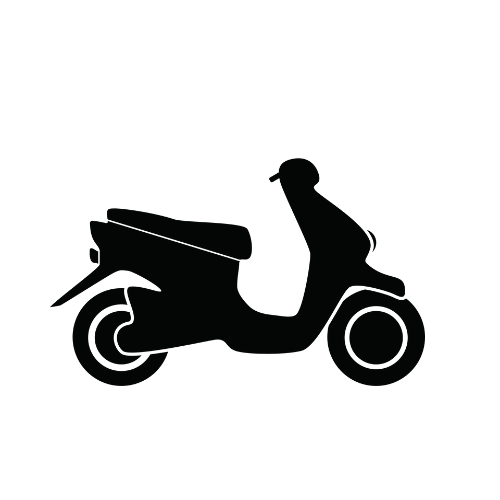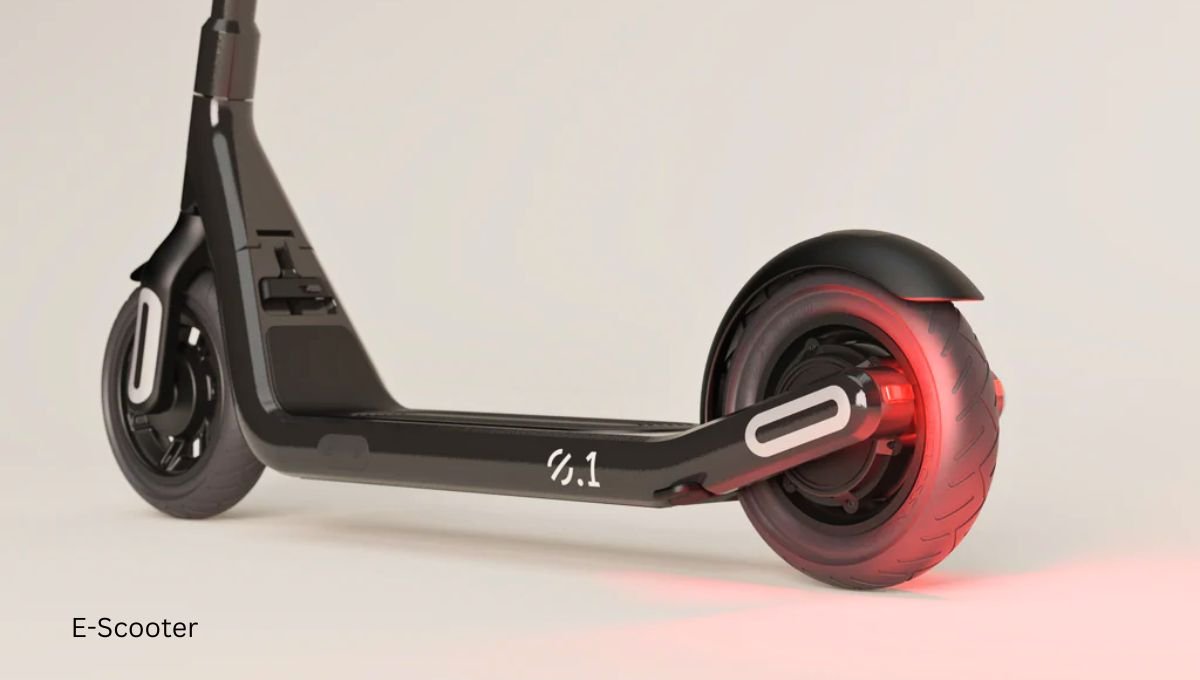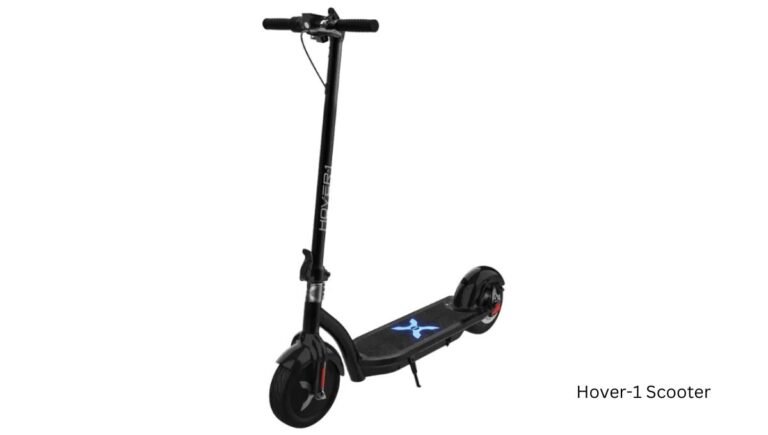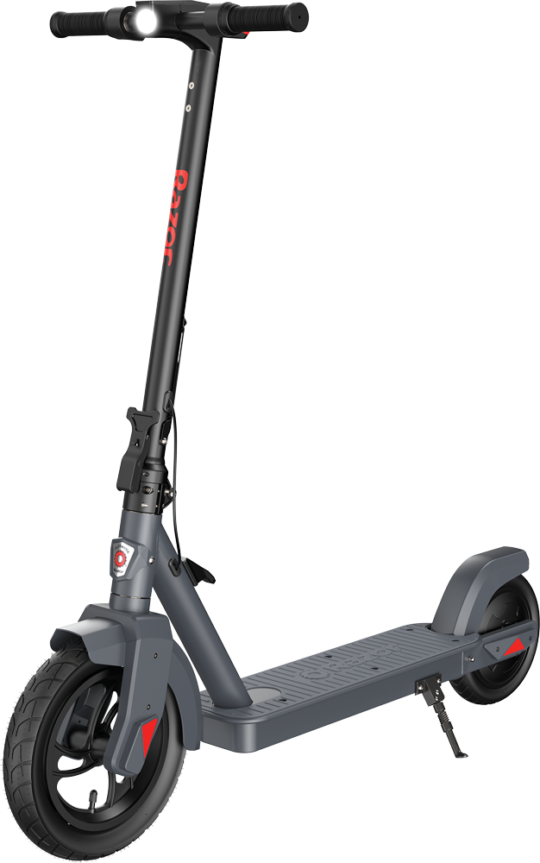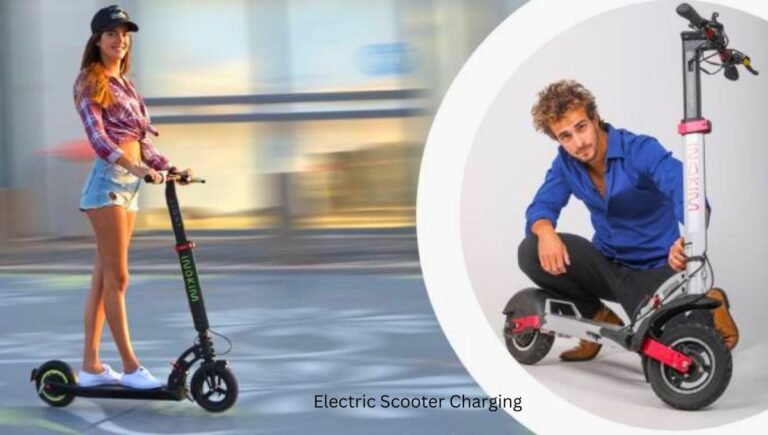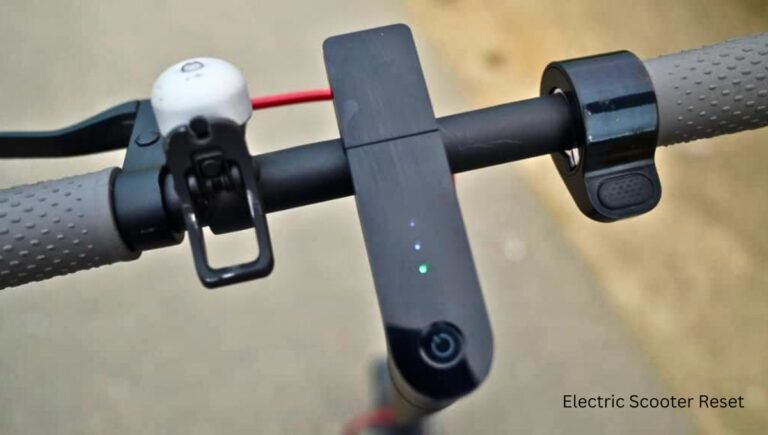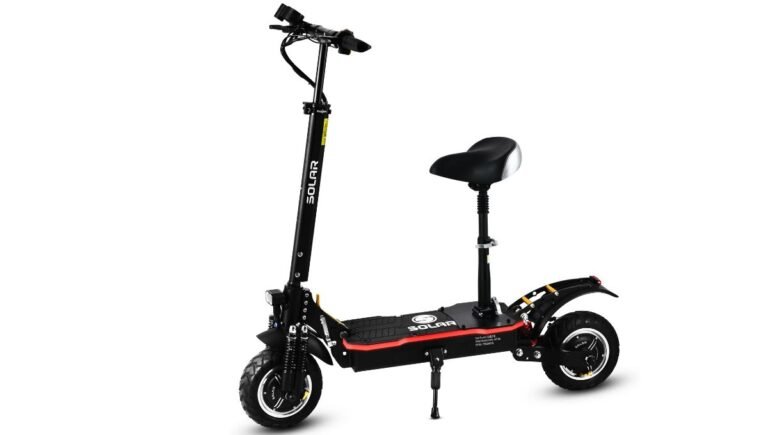Why Won’t My E Scooter Turn On? Troubleshooting Tips!
Your e-scooter may not turn on due to a dead battery or a faulty power switch. In such cases, check the battery level and ensure it is adequately charged.
If the battery is fully charged, try toggling the power switch to see if it is working properly. If the issue persists, it is recommended to consult a professional for further assistance. E-scooters have gained popularity as a convenient and eco-friendly mode of transportation.
Encountering issues with your e-scooter can be frustrating, especially when it refuses to turn on. If you’re facing this problem, it is essential to identify the root cause before seeking a solution.
We will explore some common reasons why e-scooters may fail to turn on and provide you with troubleshooting tips to get your scooter up and running again.
By following these steps, you can save yourself the hassle of unnecessary repairs or replacements and get back to enjoying your rides swiftly. So, let’s delve into the possible causes behind your e-scooter’s refusal to turn on and find the best way to resolve the issue.
Introduction To E-scooter Troubles
Here are troubleshooting tips for e-scooters that won’t turn on. Check the battery connection, power switch, and charger for potential issues. Contact customer support for further assistance if problems persist.

The Frustration Of A Non-responsive E-scooter
E-scooters are convenient until they refuse to turn on unexpectedly.
Prevalence Of E-scooter Issues
E-Scooter troubles are common and can arise for various reasons.
Initial Checkpoints
If your e-scooter won’t turn on, start by checking the battery level and connections. Ensure the power switch is on, and look for any visible damage or loose wires. Also, examine the fuse and inspect the throttle and brake functions.
If you own an e-scooter, you know how convenient it is for commuting short distances. However, it can be frustrating when your e-scooter won’t turn on. Before you get worried and start thinking about costly repairs, there are a few initial checkpoints you can perform to troubleshoot the issue.
Here are some of the things to check when your e-scooter won’t turn on.
Battery Basics: Charge Levels and Connections
The first thing you want to check is your e-scooter’s battery. Check if the battery has enough charge to power the scooter. If not, plug it in and charge it fully. Also, ensure that the battery is securely connected to the e-scooter. Loose connections could cause the battery not to charge or discharge properly. Additionally, check the battery terminals for any signs of damage or corrosion. If you find any, clean them and try again.
Safety Mechanisms: Are They Engaged?
E-scooters come with several safety mechanisms to prevent accidents and injuries. These mechanisms could be the reason your scooter won’t turn on. One of the most common safety features is the kickstand switch.
Ensure that the kickstand is in the up position before turning on the scooter. Also, check if the brakes are engaged. If so, release them and try again. Another safety feature to check is the throttle. Ensure that it is in the zero position before turning on the scooter.
When your e-scooter won’t turn on, it could be due to several reasons. However, before you take it to a mechanic, perform the initial checkpoints highlighted above.
You might be surprised that the solution is as simple as charging the battery or disengaging the safety features. By following these simple steps, you can save money and time.
Power Problems
If your e-scooter won’t turn on, the most common culprit is a power problem. Check the battery connections, ensure it is fully charged, and inspect the fuse to troubleshoot the issue. Don’t let power problems stop you from enjoying your ride.

Diagnosing Battery Health
If your e-scooter won’t turn on, the battery is often the first component to check. Before you do anything else, make sure the battery is charged and in good condition. Check the battery indicator to see if it’s fully charged or if it needs charging. If it needs charging, plug it in and wait for it to fully charge. If the battery is in good condition and fully charged, but the scooter still won’t turn on, then the problem may lie elsewhere.
Understanding The Role Of The Fuse
Another common cause of e-scooter power problems is a blown fuse. The fuse is a safety device that protects the scooter’s electrical system from overloading. If the fuse is blown, the scooter won’t turn on.
To check if the fuse is the problem, locate the fuse box and check the fuse. If the fuse is blown, replace it with a new one of the same rating. If the new fuse blows immediately, there may be a short circuit or other electrical problem that needs to be addressed.
Other Potential Issues
If the battery and fuse are in good condition and the scooter still won’t turn on, there may be other issues that need to be addressed. These could include:
- Loose or disconnected wires
- A faulty motor or controller
- A damaged throttle or brake lever
To diagnose these issues, it’s best to take the scooter to a qualified technician who can perform a thorough inspection and repair any problems they find.
In conclusion, power problems are a common issue with e-scooters, but they can often be easily diagnosed and fixed. By checking the battery, fuse, and other potential issues, you can get your scooter back up and running in no time.
Electrical System Examination
When troubleshooting why your e-scooter won’t turn on, a thorough examination of the electrical system is crucial. The electrical system powers the scooter and any issues within it can prevent the scooter from starting.
Below, we’ll delve into the various aspects of the electrical system examination, including inspecting wiring and connectors, as well as addressing potential controller issues.
Inspecting Wiring And Connectors
First, check the wiring and connectors for any visible damage or loose connections. Ensure that all wires are properly connected and that there are no signs of fraying or corrosion. Use a multimeter to test the continuity of the wires and connectors to identify any potential issues.
Controller Issues: Symptoms And Solutions
The controller is a vital component of the e-scooter’s electrical system. If the scooter is not turning on, it’s essential to examine the controller for any symptoms of malfunction. Common symptoms include flashing error codes on the display, unresponsive throttle, or inconsistent power delivery.
If controller issues are suspected, consider consulting a professional technician who specializes in e-scooter repairs. They can diagnose the problem accurately and offer appropriate solutions, such as repairing or replacing the controller.
Mechanical Malfunctions
Experiencing mechanical malfunctions could be the reason why your E scooter won’t turn on. Common issues might include a faulty battery, damaged wiring, or a malfunctioning power switch. Inspecting these components can help identify and resolve the problem, ensuring your scooter is up and running again.
Brake System Interlocks
One possible reason why your e-scooter won’t turn on could be due to brake system interlocks. This safety feature is designed to prevent the scooter from starting when the brakes are engaged. If the brake lever or button is not fully released, it can create a mechanical malfunction and prevent the scooter from powering on.
Throttle And Handlebar Complications
Another mechanical malfunction that may be causing your e-scooter to not turn on is related to the throttle and handlebar. The throttle is responsible for controlling the speed and power of the scooter, and any complications with this component can lead to starting issues.
One possible issue could be a loose or disconnected throttle cable. If the cable is not properly connected to the throttle mechanism, it can disrupt the flow of electrical signals and prevent the scooter from starting. A faulty throttle grip or handlebar can also cause starting problems.
In order to troubleshoot these mechanical malfunctions and get your e-scooter running again, here are a few steps you can take:
- First, check the brake lever or button to ensure it is fully released. If it is stuck or not fully disengaged, try to manually release it and see if the scooter powers on.
- Inspect the throttle cable and make sure it is securely connected to the throttle mechanism. If it appears loose or disconnected, reattach it properly and try starting the scooter again.
- If the throttle grip or handlebar is damaged or not functioning correctly, consider replacing these components to resolve the starting issue.
Remember, if you are unsure about performing any of these troubleshooting steps or if the problem persists, it is recommended to consult a professional technician or the manufacturer for further assistance.
Environmental Factors
Environmental factors play a crucial role in the functionality of e-scooters. It’s important to consider how temperature, moisture, debris, and external damage can impact the ability of an e-scooter to turn on. Understanding these factors can help troubleshoot and prevent issues with e-scooter power-up problems.
Effects Of Temperature And Moisture
Extreme temperatures can affect the performance of an e-scooter, particularly in very cold conditions. Low temperatures can cause the battery to operate less efficiently, leading to difficulty in turning on the e-scooter.
Moisture is another environmental factor that can hinder the functioning of e-scooters. Exposure to water or high levels of humidity can result in corrosion of electrical components and damage to the battery, preventing the e-scooter from turning on.
Debris And External Damage
Debris such as dirt, dust, and small particles can accumulate in the e-scooter’s components, obstructing connections and causing malfunctions. Additionally, external damage to the scooter, such as cracks in the frame or broken wiring, can prevent it from turning on.
Smart Tech Troubleshooting
When your e-scooter refuses to turn on, it can be frustrating. But fear not, as smart tech troubleshooting can help you get back on track.
Software Updates And Glitches
Ensure your e-scooter’s software is up to date to avoid glitches that may prevent it from turning on.
App Connectivity And Settings
Check the app connectivity and settings to ensure they are properly configured for your e-scooter to function seamlessly.
Professional Repair Vs. DIY
When facing issues with your E-scooter not turning on, you may wonder whether to opt for professional repair services or attempt a DIY fix.
When To Seek Expert Help
- If the issue is complex or involves internal components.
- When you lack the necessary technical skills and tools.
- If the E-scooter is under warranty to avoid voiding it.
Resources For Do-it-yourself Fixes
- Online forums and communities for troubleshooting tips.
- Manufacturer’s website for user manuals and guides.
- Video tutorials on platforms like YouTube for visual guidance.
Preventive Measures And Maintenance
When it comes to your e-scooter not turning on, taking preventive measures and maintenance can help avoid such issues. Here are some essential tips to keep your e-scooter in top condition:
Routine Care For Longevity
Regularly clean and inspect the e-scooter for any damage or debris.
Keep the battery charged to prevent power issues.
Store the e-scooter in a dry place to avoid water damage.
Check tire pressure and tread for optimal performance.
Understanding Warranty And Support Options
Familiarize yourself with the warranty terms for potential repairs.
Contact customer support for troubleshooting guidance when needed.
Refer to the user manual for maintenance tips and solutions.
Conclusion
Troubleshooting an e-scooter that won’t turn on can be a frustrating experience. By carefully checking the battery, power connections, and controller, you can often identify and resolve the issue.
Regular maintenance and charging habits can prevent future problems. Remember, safety should always be a top priority when dealing with electric scooters.
